Rising Energy Demand
The increasing energy demand in Canada is a pivotal driver for the landfill gas market. As the population grows and industrial activities expand, the need for sustainable energy sources intensifies. Landfill gas, primarily composed of methane, presents a viable alternative to fossil fuels. In 2023, approximately 20% of Canada's energy was derived from renewable sources, with landfill gas contributing a notable share. This trend is expected to continue, as the government aims to achieve a 50% reduction in greenhouse gas emissions by 2030. The landfill gas market stands to benefit significantly from this shift, as municipalities and private entities seek to harness this resource to meet energy needs while adhering to environmental regulations.
Public-Private Partnerships
Public-private partnerships (PPPs) are emerging as a significant driver for the landfill gas market in Canada. These collaborations between government entities and private companies facilitate the development and implementation of landfill gas projects. By pooling resources and expertise, PPPs can enhance project efficiency and reduce costs. In 2025, it is estimated that over 30% of landfill gas projects in Canada will be executed through such partnerships. This trend indicates a growing recognition of the potential of landfill gas as a renewable energy source, as stakeholders work together to address waste management and energy production challenges.
Government Incentives and Funding
Government incentives and funding initiatives play a crucial role in propelling the landfill gas market in Canada. Various federal and provincial programs are designed to promote renewable energy projects, including those utilizing landfill gas. For instance, the Clean Growth Program allocates millions of dollars to support innovative clean technology projects. In 2024, funding for landfill gas projects is projected to increase by 15%, reflecting the government's commitment to reducing carbon emissions. These financial incentives not only lower the initial investment barriers for companies but also encourage the development of new technologies in the landfill gas market, fostering growth and sustainability.
Technological Innovations in Gas Capture
Technological innovations in gas capture and utilization are transforming the landfill gas market in Canada. Advanced technologies, such as enhanced gas collection systems and improved biogas processing methods, are increasing the efficiency of landfill gas extraction. In recent years, the adoption of these technologies has led to a 25% increase in the amount of recoverable gas from landfills. As these innovations continue to evolve, they are likely to drive down operational costs and enhance the economic viability of landfill gas projects. This progress not only supports energy production but also contributes to waste reduction and environmental sustainability.
Growing Corporate Sustainability Initiatives
The rise of corporate sustainability initiatives is significantly influencing the landfill gas market in Canada. Many companies are now prioritizing environmental responsibility and seeking to reduce their carbon footprints. This shift is prompting businesses to explore renewable energy options, including landfill gas, as part of their sustainability strategies. In 2025, it is anticipated that 40% of Canadian corporations will have integrated landfill gas into their energy sourcing plans. This trend not only reflects a broader commitment to sustainability but also creates new opportunities for the landfill gas market, as companies invest in cleaner energy solutions.


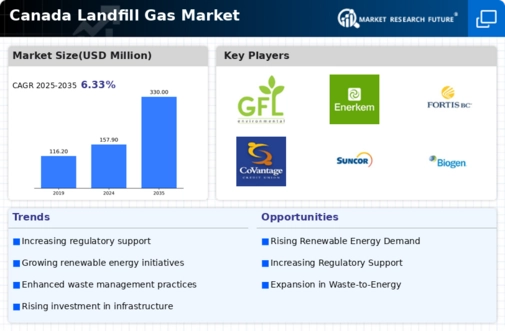

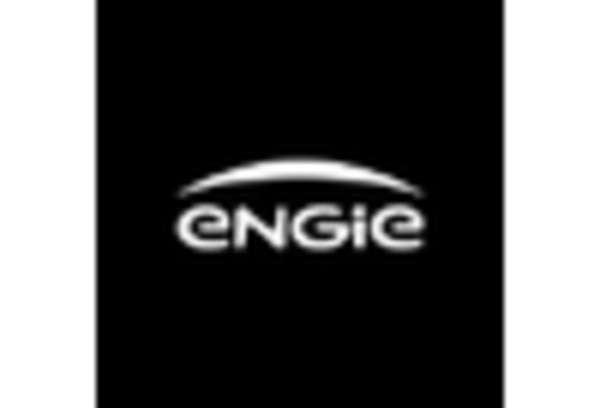
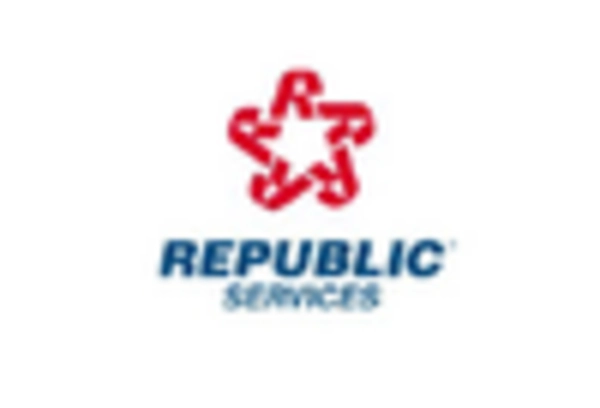
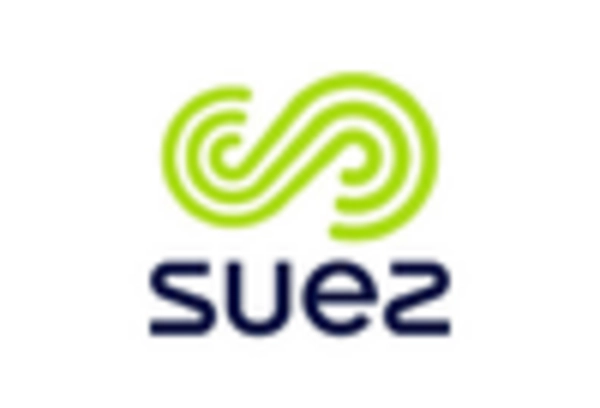

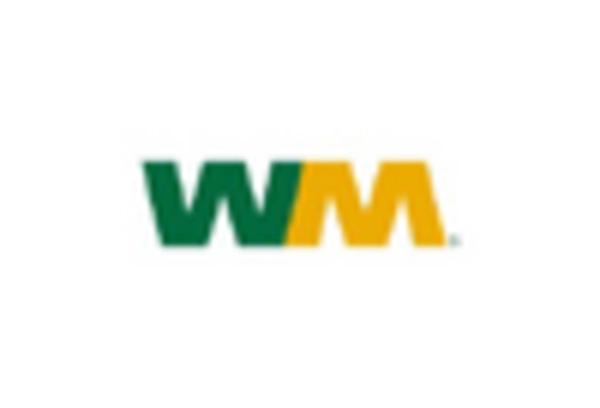








Leave a Comment